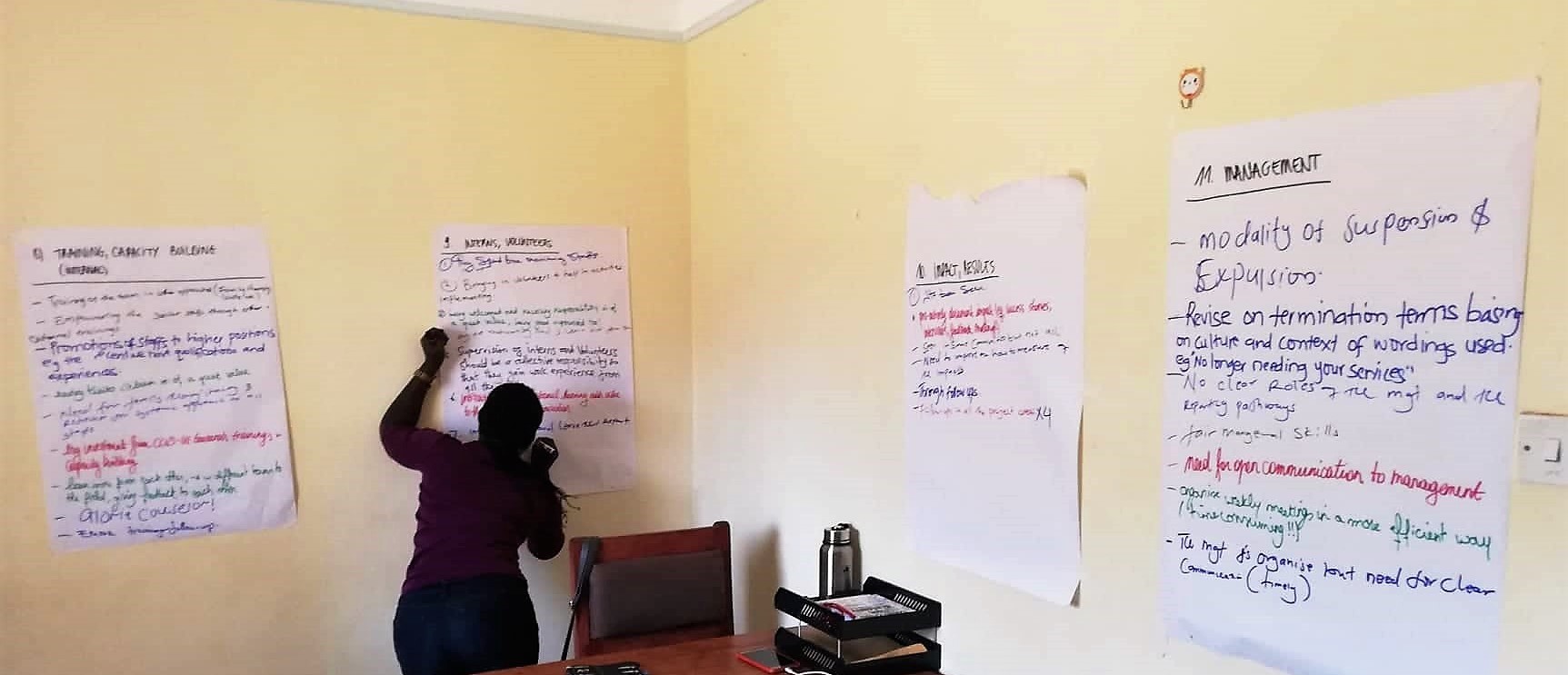IDENTITIES ON THE MOVE: A GEO-NARRATIVE PERSPECTIVE ON SUPPORTING STREET-CONNECTED CHILDREN AND YOUTH LEAVING THE STREET IN LA PAZ, BOLIVIA
Being in conflict with the globalized image of a desired childhood where children are located within the realms of the home and family, the phenomenon of children and youngsters living on the street in urban environments around the world evoked considerable debates and international attention. Traditionally, street-connected children are approached from a repression-oriented perspective criminalizing them or a protection-oriented approach perceiving them as victims of poverty, family and street violence. More recently, geographical studies investigating children's use of urban public spaces and studying their movements between cities emphasized their social agency, connectedness to the street, survival strategies and nomadic identities resisting social exclusion and marginalization, implying that intervention programs assisting them to leave the street need to consider children's own choices and strategies for doing this.
SOCIAL CONTEXT
Global population is growing and urbanizing rapidly, as a result the number of children in street situation is increasing as well. The number of street children worldwide is likely to be estimated around millions, with some estimates close to a 100 million children (Reale, 2008). UNICEF (2003) estimated that over 3700 children and adolescents live on the streets, in the cities of La Paz, El Alto, Santa Cruz, Cochabamba, Tarija and Sucre. According to this organization, it represents a grave social problem in Bolivia, which is even increasing. Living conditions on the street affect children’s physical, psychosocial, cultural and economic development. They are highly vulnerable to falling into inhalant (glue and paint thinner), inexpensive drugs and alcohol consumption, delinquency and prostitution (Huang, Barreda, Mendoza, Guzman, and Gilbert, 2004; UNICEF, 2003). However, organisations trying to institutionalize street children and youngsters seem to fail in their strategy to get them out of the street (Turnbull, Hernàndez & Reyes, 2009). Specific for Bolivia, retention rates between 1-3 % are reported in most residential programs for street children (Huang & Huang, 2008), indicating that a different approach is required (Turnbull et al., 2009). The growing number of children and youngsters living on the street, despite all prevention and intervention efforts, reveals the complexity of leaving street life.
OBJECTIVES
The overall aim of this research project is to investigate identity changes and the processes of leaving the street from the perspective of children and youngsters themselves, and to explore and understand the challenges they are confronted with. Children and youngsters will actively be involved in the research process, considering them as experts of their life and listening to what they expect and need to change their social reality. This overall research aim includes two socially oriented objectives: (1) To contribute to the further development of a new child’s rights-based approach for supporting street-connected children, based on the findings of the research project, (2) To implement this new approach in current childcare practice and to provide recommendations on how to improve intervention programs to serve more effectively the needs and expectations of children and youth when moving from street life to more stable housing. By use of collaborative action research with the participants and in cooperation with local NGO’s the research findings and socially oriented insights will be translated into the work field.
PROJECT DESCRIPTION
To investigate the identity changes or transformations connected to the processes of leaving the street by street-connected children and youth, and to explore and understand the challenges of leaving the street, a geo-narrative theoretical perspective based on an integration of geographical and narrative theory and methodology will be developed.
The research design of this study goes along with involving children actively in the research process by considering them as co-actors, inviting them into a dialogical process and acknowledging their expertise on the topic of leaving the street. Taking this perspective into account a retrospective and a longitudinal research on processes of leaving street life will be conducted to collect data. Findings and theoretical insights will be implemented in the work field for street-connected children.
The research design of this study goes along with involving children actively in the research process by considering them as co-actors, inviting them into a dialogical process and acknowledging their expertise on the topic of leaving the street. Taking this perspective into account a retrospective and a longitudinal research on processes of leaving street life will be conducted to collect data. Findings and theoretical insights will be implemented in the work field for street-connected children.
